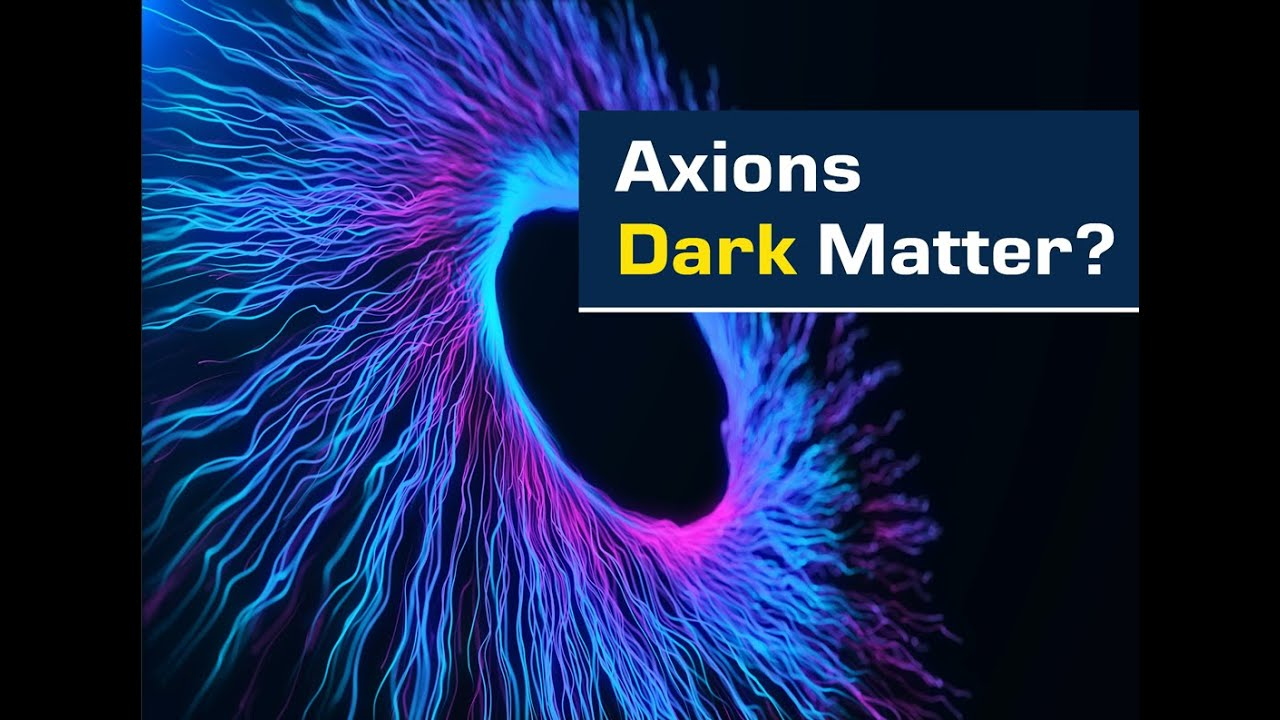Axion dark matter is emerging as a pivotal element in our quest to unlock the mysteries of the universe. These elusive particles, theorized to constitute a significant portion of the cosmos’ mass, play a crucial role in addressing some of the most profound challenges in particle physics. In the recent groundbreaking research led by scientists from Harvard and King’s College London, the existence of axions is being investigated through innovative experiments involving quasiparticles. By leveraging these advancements, researchers hope to develop effective dark matter detection methods that could revolutionize our understanding of quantum materials and their potential applications. The pursuit of axion dark matter is not just a scientific endeavor but also a glimpse into the future of cosmological exploration.
In the realm of modern physics, the search for elusive dark matter candidates like axions is garnering increasing attention. Often described as hypothetical particles that could fundamentally alter our comprehension of the universe, these axions are believed to underpin a significant fraction of the universe’s total mass. Recent investigations utilizing quasiparticle technologies have opened new avenues for detecting these pint-sized entities. By exploring the intricate properties of these quantum materials, scientists aim to answer age-old questions regarding the composition of dark matter. This multidisciplinary approach not only enhances our grasp of particle physics but also hints at revolutionary advancements in technology and our interaction with the cosmos.
Understanding Axions: The Quest for Dark Matter
Axions are theoretical particles proposed as a solution to the dark matter problem, which remains one of the most challenging enigmas in modern physics. Their existence could dramatically reshape our understanding of the cosmos, offering explanations for the missing mass that governs galactic motion and structure. Researchers investigating dark matter have long been drawn to the elusive axions due to their unique properties, which suggest they could interact weakly with other forms of matter, making them extraordinarily difficult to detect.
The significance of confirming axions as a primary component of dark matter cannot be overstated. Such a discovery would not only validate longstanding theoretical models in particle physics but also open new avenues for understanding the universe’s formation and evolution. As scientists delve deeper into the properties of these hypothetical particles, they are piecing together a more comprehensive picture of the fundamental constituents of matter and energy.
Frequently Asked Questions
What is axion dark matter and why is it important in particle physics?
Axion dark matter refers to hypothetical particles known as axions that are proposed as candidates for dark matter, which is an unknown form of matter that constitutes approximately 85% of the universe’s mass. Understanding axion dark matter is crucial in particle physics as it may provide insights into the fundamental structure of our universe and address significant cosmological questions.
How do axions relate to dark matter detection methods?
Axions are considered a leading candidate for dark matter, and recent experiments involving quasiparticles have paved the way for innovative dark matter detection methods. Researchers are using axion quasiparticles in advanced materials like manganese bismuth telluride to create detectors that can capture signals from dark matter particles, potentially revealing their existence.
What are quasiparticles and how do they help in the study of axion dark matter?
Quasiparticles are excitations within materials that exhibit particle-like properties, such as axion quasiparticles which simulate the theoretical axion particles. These quasiparticles can serve as sensitive detectors for actual axions present in dark matter, offering a novel approach to studying axion dark matter through their interactions and dynamics in condensed matter systems.
What experimental techniques are used to explore axion dark matter?
To explore axion dark matter, researchers employ sophisticated techniques such as ultrafast laser optics and precise nano-fabrication engineering. These methods allow scientists to manipulate and observe axion quasiparticles within specially designed quantum materials, facilitating the detection of dark matter signals that have previously been elusive.
Why are axions considered a significant breakthrough in cosmological research?
Axions are significant in cosmological research because they may provide a solution to the dark matter problem, explaining the unseen mass that influences the dynamics of galaxies and cosmic structure. Recent advancements in detecting axion quasiparticles suggest we are nearing a breakthrough in confirming their existence, which could reshape our understanding of the universe.
What role does manganese bismuth telluride play in axion dark matter experiments?
Manganese bismuth telluride is a material with unique electronic and magnetic properties that acts as an ideal platform for creating and studying axion quasiparticles. Its structure allows researchers to fine-tune quantum properties essential for detecting axion dark matter, making it a critical component in current experimental approaches.
What potential applications could stem from research on axion dark matter?
Research on axion dark matter has the potential to lead to new technological advancements, particularly in quantum materials and optical applications. The detection methods developed for axion particles could also contribute to greater understanding and manipulation of fundamental physical processes, impacting various fields in science and technology.
How close are we to confirming the existence of axions as dark matter?
Recent advancements in the study of axion quasiparticles suggest that we are making significant progress toward confirming the existence of axions as dark matter candidates. Researchers anticipate that continued refinement of experimental techniques could lead to discoveries within the next 15 years, aiming to detect signals from dark matter that has so far evaded detection.
What multidisciplinary approaches are being utilized in the investigation of axion dark matter?
Investigating axion dark matter involves a multidisciplinary approach that combines condensed-matter physics, material chemistry, and high-energy physics. This integration of various scientific fields enhances the understanding of axions and their interactions, promoting innovative methodologies for studying dark matter.
What is the future of axion dark matter research?
The future of axion dark matter research promises exciting developments as scientists continue to refine experimental conditions and deepen their understanding of axion quasiparticles. Ongoing research aims to create more precise detectors that could ultimately confirm the existence of axions, significantly advancing the field of particle physics.
| Key Points |
|---|
| Theoretical existence of axions as a dark matter candidate has been proposed in particle physics. |
| A new experiment led by Harvard and King’s College London is making strides in detecting axions. |
| The researchers used quasiparticles as a tool to simulate and detect axions. |
| Manganese bismuth telluride was utilized for its unique electronic and magnetic properties. |
| Axion quasiparticles were observed, demonstrating their dynamic characteristics. |
| This research represents a significant step towards finding dark matter within the next 15 years. |
Summary
Axion dark matter represents one of the most compelling theories in modern physics, as researchers seek to confirm its existence through groundbreaking experiments. By harnessing the properties of quasiparticles and employing advanced techniques, scientists are taking crucial steps toward understanding dark matter’s role in the universe. As the hunt for axions continues, the potential to unveil the mysteries of dark matter and its implications for cosmology becomes more tangible, igniting excitement in the scientific community.




